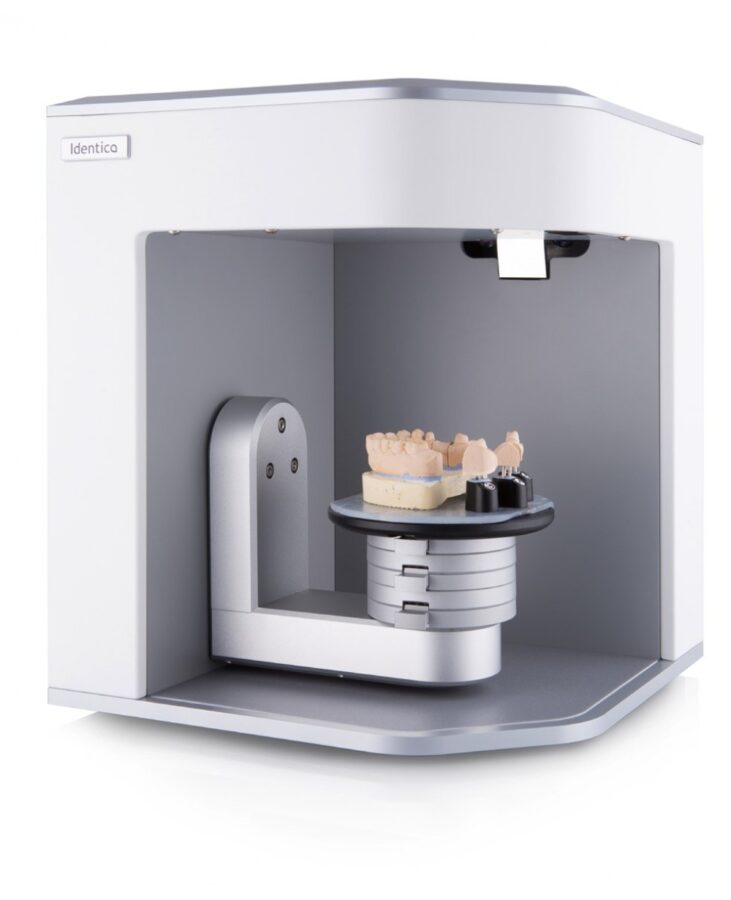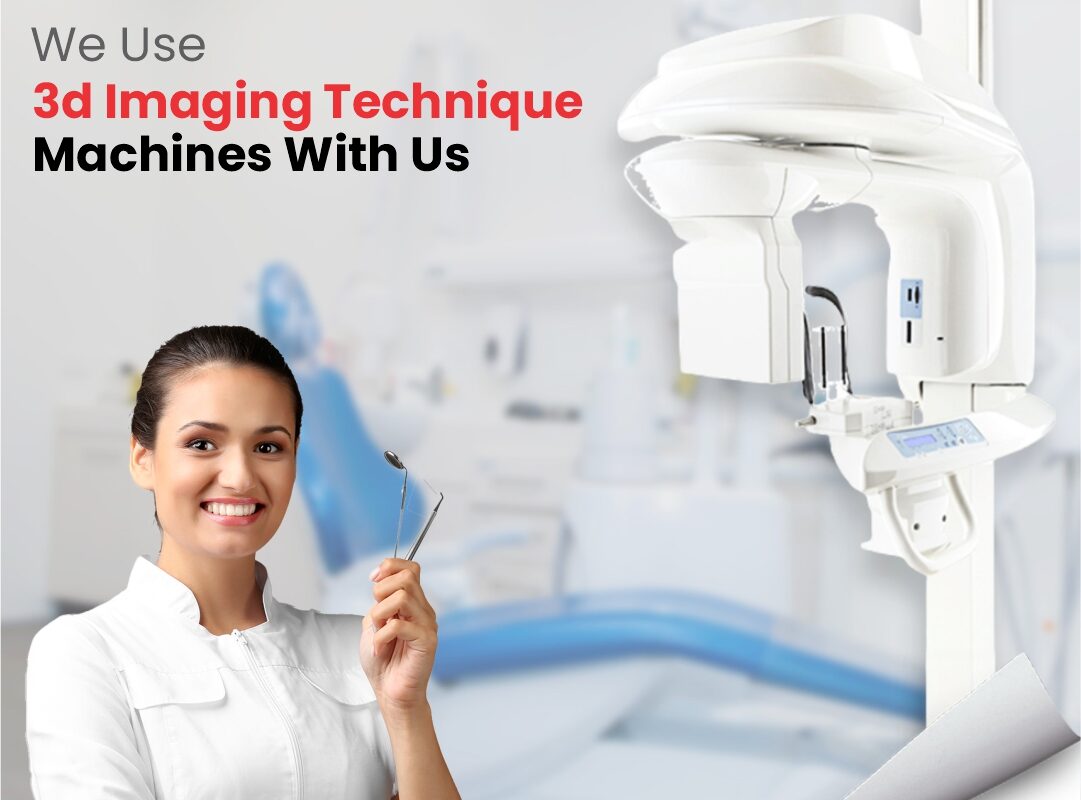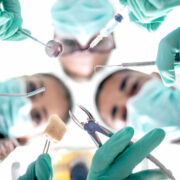Dental laboratory scanning machines are the unsung craftsmen who painstakingly build smiles in the big scheme of dentistry. Because every crown, bridge, or implant is the product of a masterful fusion of science and artistry, patients can feel reassured by Dr. Chirag Chamria’s firsthand account of dental care and smiles that last a lifetime. Let’s acknowledge the artistry that elevates dental care to the level of an art form and rejects anything short of perfection, as we are in awe of these devices’ incredible precision.
Evolution of Dental Technology
Historical Perspective on Dental Tools and Equipment
The development of dental technology has been a fascinating historical adventure, characterised by important breakthroughs that have revolutionised the field of oral health. Dental operations were performed using crude instruments and methods not so long ago. Historical data suggests that tooth extraction was once done using rudimentary tools such as animal bones, bows, and hand drills.

A minor change occurred during the Renaissance when more sophisticated dental instruments, such as forceps and scalpels, were introduced. But the real revolution started in the 19th century, when anesthetic and sterilization methods were developed. The basis for contemporary dentistry was established during this time, opening the door to more advanced equipment and increasing patient comfort.
Emergence of Digital Technologies in Dentistry
When digital breakthroughs were incorporated into dental technology in the late 20th century, a new era in dental technology began. X-rays, which offer a non-invasive view into the internal architecture of teeth, have become a standard for diagnosis. The development of computer-aided design and computer-aided manufacturing (CAD/CAM) technologies simplified the process of making dental prostheses.
In dentistry, there has been a digital renaissance since the year 2000. Traditional molds were replaced with digital impressions, which provided patients with a more comfortable experience. With the use of intraoral cameras, dentists were able to obtain precise images of the oral cavity, which improved diagnostic capabilities. Administrative procedures were further reduced by the digitisation of treatment plans and patient information.
Role of Scanning Machines in Dental Practices
Scanning machines are at the vanguard of this digital transformation, bringing in a new era of unheard-of efficiency and precision. The way dentists gather and handle data has been completely transformed by these advanced gadgets, which come with intraoral scanners installed.
Through the use of cutting-edge optical technology, scanning scanners produce incredibly accurate three-dimensional photographs of teeth and surrounding structures without the discomfort that comes with traditional impressions. This breakthrough in accuracy not only improves diagnostic capacities but also transforms the course of treatment in its entirety.
What are Scanning Machines?
A scanning machine is essentially a gadget that has intraoral scanners installed in order to take precise and detailed pictures of the oral cavity. In contrast to conventional molds and impressions, scanning devices use cutting-edge optical technology to produce a digital image of the teeth and surrounding tissues.

How do Scanning Machines work in a Dental Practice?
The inner workings of scanning equipment reveal a procedure that reimagines the patient experience by skillfully fusing science and art. These machines use intraoral scanners, which are tiny, wand-like devices with cameras and sensors, in dentistry settings. The wand creates an effective three-dimensional map of the oral anatomy by taking a succession of finely detailed pictures while it is softly moved throughout the patient’s mouth.
Dentists can immediately see the acquired photographs on a screen thanks to the real-time wizardry. With this instant response, patients may actively participate in conversations about their oral health based on visual insights, which not only improves the diagnosis process but also fosters a collaborative attitude.
Types of Scanning Machines
Intraoral Scanners
Intraoral scanners are portable devices with cameras and sensors that are intended to take finely detailed pictures of the soft tissues and teeth inside the mouth. An array of high-definition pictures is taken by the intraoral scanner while the patient is being guided by the dentist or other dental expert within their mouth. After that, these pictures are processed to produce a digital model of the mouth cavity in three dimensions. Taking physical impressions has never been the same, thanks to intraoral scanners. These scanners’ real-time input greatly improves patient experience while increasing the accuracy of diagnosis and treatment planning.
Extraoral Scanners
Extraoral scanners are gadgets made to take pictures of the patient’s craniofacial area from outside of their mouth. The jaw, face, and surrounding structures are all included in this.Extraoral scanners get detailed surface data by using sophisticated imaging technologies like structured light or laser scanning. Following data collection, computerized representations of the patient’s facial anatomy are produced. Extraoral scanners are used in a number of specialties, such as maxillofacial surgery and orthodontics. They facilitate the planning of intricate surgeries and add to a thorough grasp of the patient’s facial anatomy.
CAD/CAM Integration
The smooth integration of scanning data into the design and fabrication of dental restorations is known as computer-aided design and computer-aided manufacturing (CAD/CAM) integration. CAD software is used to construct dental prostheses based on scanned impressions. After that, the digital design is uploaded to a CAM system so that restorations can be manufactured precisely. CAD/CAM integration ensures a flawless fit and natural appearance by streamlining the fabrication of prostheses such as crowns and bridges. This improves the general quality of dental restorations while also saving time.
Benefits of Dental Scanning Machines
Precision and Accuracy: One of the main advantages of scanning devices is their capacity to produce digital images of the mouth cavity that are incredibly precise and detailed. When it comes to diagnosis, treatment planning, and the fabrication of dental restorations, this precision is revolutionary. According to Dr. Chamria, “The accuracy afforded by scanning machines ensures that we can pinpoint issues early on and tailor treatments with unprecedented precision.”
Time Efficiency: Patients spend less time in the dentist chair because of the speed at which scanning technologies expedite the diagnosis process. Timely interventions and quick decision-making are made possible by real-time feedback. This helps the patient as well as improving the dental clinic’s general workflow.
Improved Patient Comfort: Patients will have a more comfortable experience as a result of the switch from traditional mould’s to scanning equipment. Because intraoral scanners are non-invasive, they relieve the discomfort that comes with taking traditional impressions, which helps create an stress-free and happy environment at the dental office.
Treatment Planning and Visualization
Comprehensive grasp: By utilising scanned data, treatment planning and visualisation technologies give dentists a thorough grasp of their patients’ oral health. Dentists can develop virtual treatment regimens that accommodate the specific anatomy of each patient by integrating digital impressions.
Simulation of Outcomes: Dentists can utilize these tools to simulate treatment results in advance of a proposal. This helps patients envision the expected outcomes and also helps them make decisions. According to Dr. Chamria, “being able to show patients the potential outcomes helps in managing expectations and building trust.”
Collaboration and Communication: Visualization tools help dentists and patients communicate effectively. Patients can actively participate in discussions about their treatment when dentists explain complex procedures to them more easily and visually. This cooperative method encourages a feeling of cooperation during the decision-making process.
Patient Engagement
Making Well-Informed Decisions: Patient engagement tools enable people to take an active role in their dental health journey. Patients can clearly grasp their dental issues, available treatments, and possible results with the use of visual insights, which are frequently presented on displays. “Informed patients are more likely to make decisions that align with their oral health goals,” adds Dr. Chamria.
Transparency and Trust: Patients and the dental team can develop trust through the transparent nature of patient interaction technologies. With the help of these tools, patients can feel more transparent, which is crucial for a good patient-dentist connection, as dental operations become less mysterious and patients participate in the decision-making process.
Treatment Plan Adherence: Patients who are involved and knowledgeable are more likely to follow their doctor’s recommendations. Better oral health results are ultimately the result of higher acceptance and compliance with treatment plans, which is facilitated by patient engagement technologies.
Conclusion
Finally, Dr. Chirag Chamria advises his patients to accept the advancements in dental care. Beyond just being tools, scanning machines open doors to a world of accuracy, comfort, and preventative dental health. A scan opens the door to a new age in dentistry and starts the path to a brilliant smile.
Let us rejoice in the knowledge that the era of scanning machines is upon us, ushering in a new era of dentistry that is incredibly patient-centric as we bid adieu to the period of heavy molds. Thus, the next time you find yourself in the dentist chair, keep in mind that it’s a step toward the future of your oral health, not just a scan.






